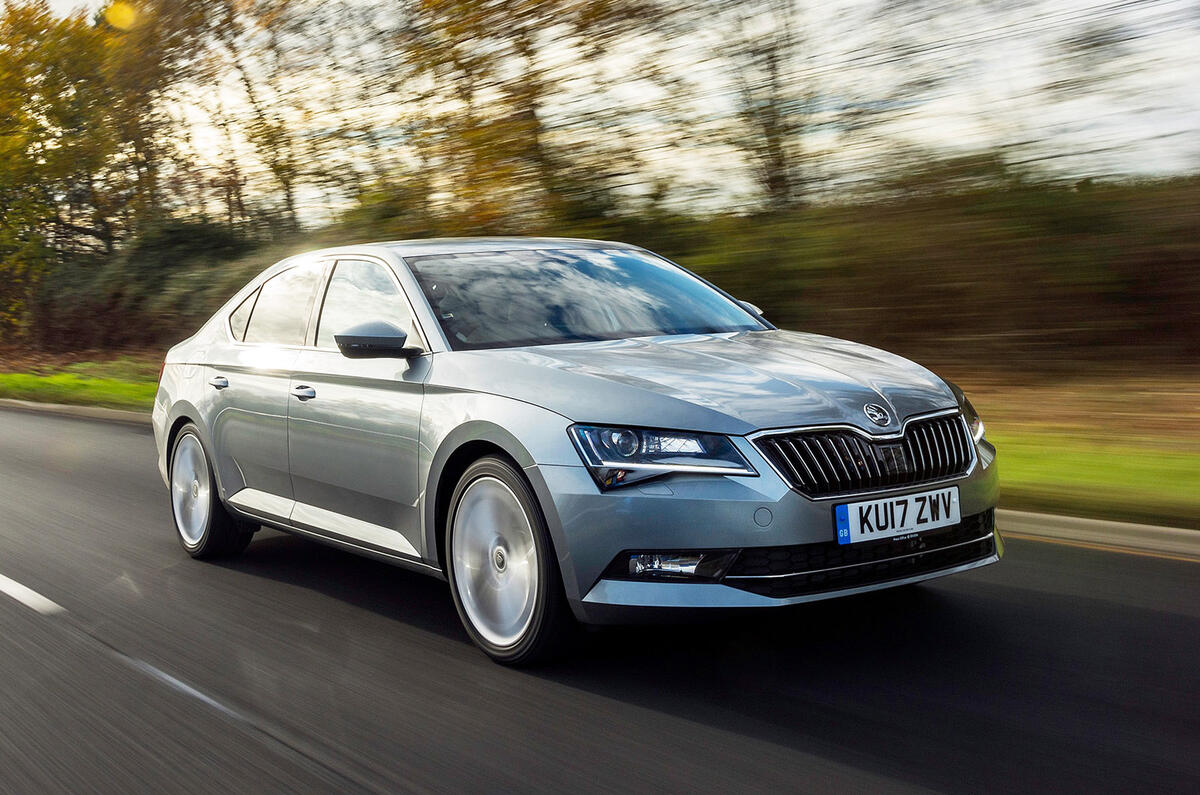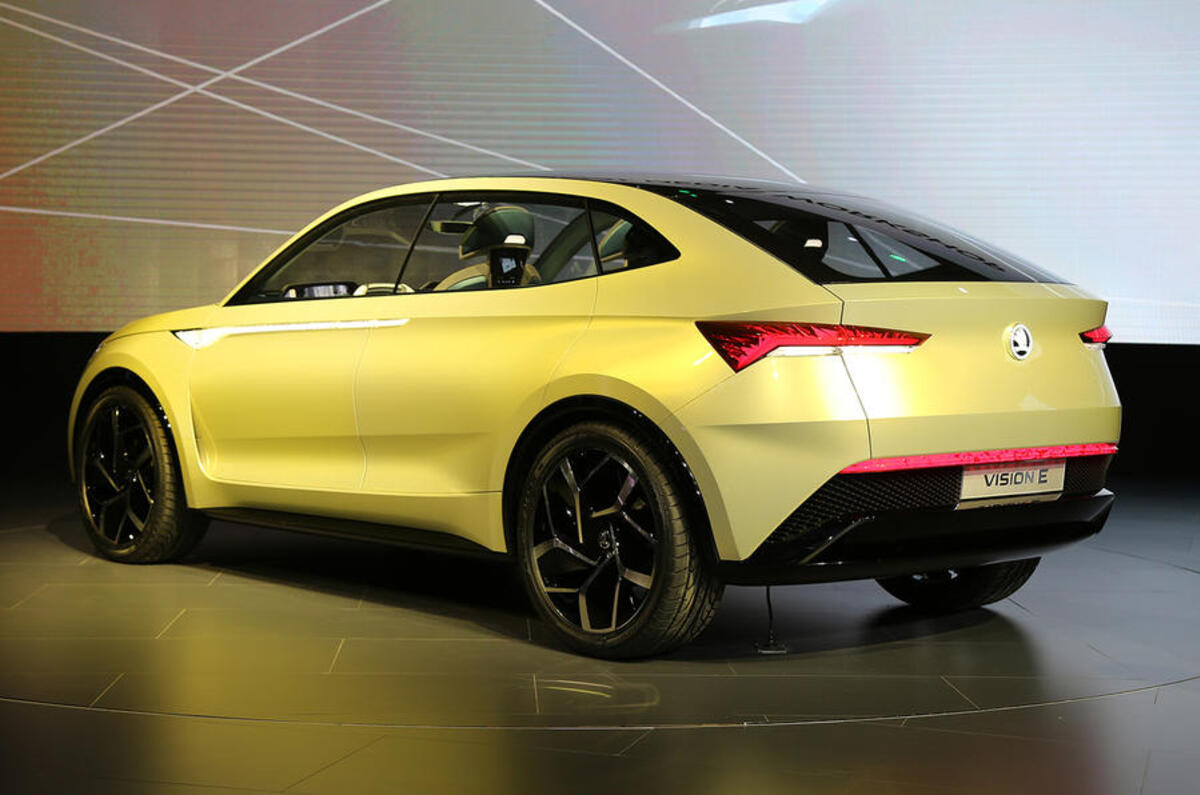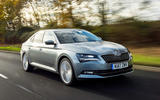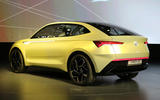Skoda’s head of powertrains wants the European Union to broaden the scope of emission regulations to take into account CO2 created in the production of energy.
The EU currently sets car firms CO2 targets based on a fleet average output, measured at the exhaust. With the emissions targets set to tighten substantially in the coming years – and with heavy penalties for firms that don’t meet them – manufacturers are being led to develop full electric vehicles, which produce no CO2 at the tail pipe.
Skoda to showcase natural gas hybrid in Vision X concept
Skoda’s electrification strategy, part of a wider target by the Volkswagen Group, will start in 2019 with the introduction of a Skoda Superb PHEV in 2019, featuring a 1.4-litre 154bhp petrol engine and an 114bhp electric motor integrated into its dual clutch automatic gearbox. When working together, they will offer 215bhp, and offer around 45 miles of electric-only running.
This technology will be introduced on other Skoda models if there is demand. The firm will also introduce pure EVs by 2025, when the EU emissions regulations are due to be made even tougher.
New WLTP and RDE fuel economy tests explained
But the EU figures only measure ‘tank to wheel’ emissions, and don’t take into account the CO2 used in producing energy. Skoda believes that considering this ‘well to wheel’ approach – and broadening it further to a ‘cradle to grave’ calculation that accounts for CO2 involved in producing and recycling a car – shows internal combustion engine-based technology can rival EVs for overall CO2 emissions.
“From a global point of view we believe the internal combustion engine is very competitive, but battery electric vehicles are locally clean,” said Martin Hrdlicka, Skoda's head of powertrains. “We think there are different possibilities [to reduce overall CO2 emissions], but at the moment it’s difficult to use them. The regulations mean for 2025-2030 we have to produce BEVs, because of how they measure the regulations.
“There are no signs the legislation will change – and if it does, I don’t think it will change quickly. We’re thinking about the whole, wider context. In the end, CO2 reduction is the goal, and it depends on the mix of energy going in if BEV is truly clean or not.”
Skoda is looking at technology to reduce the CO2 impact of engines, including a hybrid system that runs on Compressed Natural Gas, which will be shown in its Vision X concept at the Geneva motor show.
Hrdlicka also believes that synthetic ‘e-fuel’ could have a major impact. This is done by taking energy generated from sources such as wind and solar power and using electrolysis to convert it into hydrogen. This is then mixed with CO2 to produce methane, which can be turned into natural gas and synthetic petrol or diesel.
“If we can produce and use this clean, green natural gas, petrol or diesel energy, it would reduce cradle to grave CO2 production, and has the advantage that current cars could use this clean fuel immediately – there would be no need to wait for new [EV] technology," said Hrdlicka.
Other car firms are also working on technology they believe can prove combustion engines can be as environmentally friendly as EVs. Toyota is launching a new petrol engine that it says is the 'world's most thermally efficient', while Mazda is working on compression ignition engine technology.
Read more
Skoda to showcase natural gas hybrid in Vision X concept
Car industry chiefs: EU CO2 reduction targets 'overly aggressive'











Join the debate
Add your comment
Like anyone with the
Like anyone with the slightest grasp of reality knows, ICE are here to stay for a few more years, thankfully
And look at all the salt is creates among a few Autocar readers :D.
Impossible
If the leccy comes from wind then the co2 is next to zero, try getting diesel from the wind.
In Norway enegy is 100% green so once again the Tesla's there are near CO2 emission free.
Waste of time Toyota, are you grasping at straws because spents billions on a poor selling Hydrogen fuelled car rather than a BEV like the Bolt or LEAF?
Utter nonsense
Of course electric components take more CO2 to manufacture now - but in the future should be much less. This kind of thinking would simply hinder process and keep us in the realms of internal combustion engines. Luddites.